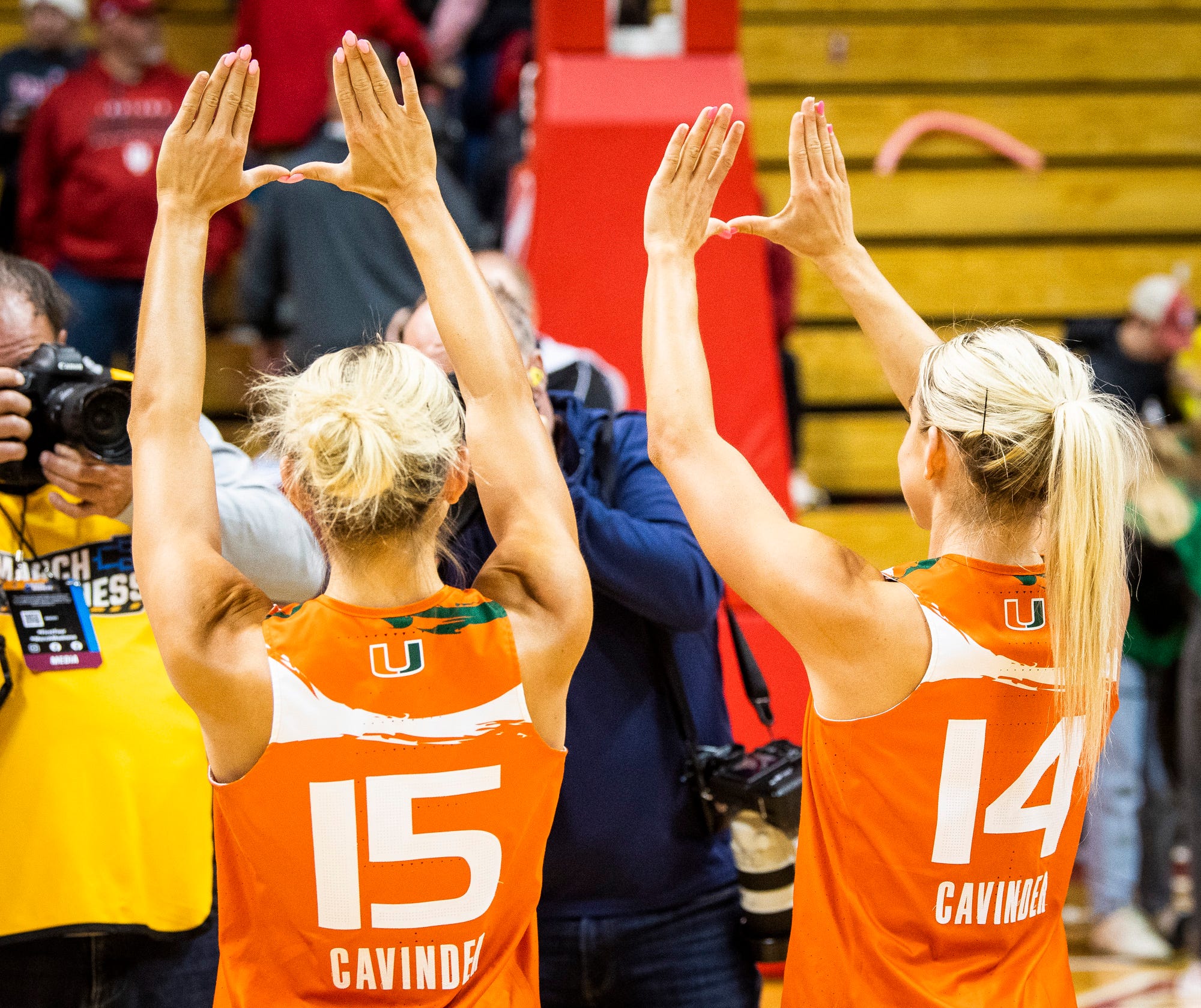The Oakland Athletics are in a rather unfortunate and enigmatic predicament: they’re homeless.
Note, I said homeless, not houseless.
Sure they play 81 games a year at O.Co Coliseum, a dilapadated and depressing shanty that oozes raw sewage and brings shame to its Roman namesake, but it is certainly not worthy of being called a home. Each coming year, the A’s stadium roller coaster ride extends longer and longer with no end in sight, especially so over the last two weeks.
While many outside of Northern California aren’t privy to the inner-workings of this regional maelstrom, those of us that do live here have been all too aware of the A’s stadium problems for quite some time now. It is a rather contentious concern that has plagued the region and fostered a sharp level of contempt and disdain from A’s fans for their counterparts across the bay in San Francisco.
Although the A’s are set to renew their lease at O.Co, this is simply a gimcrack and temporary solution to a significant issue and has rendered the future of the franchise in the Bay Area alarmingly uncertain.
Least Desirable Lease
The A’s lease with the Oakland-Alameda County Authority expired following the conclusion of the 2013 baseball season and was not initially renewed due to a dispute between the team and county over future lease terms. The Authority wanted a five to eight-year extension and A’s owner, the tight-pocketed Lew Wolff, would only commit to two years to give the team flexibility to seek alternative (new) stadium options. Moreover, under the previous lease terms, the A’s managed the concessions for all stadium events, including their co-tenant Raiders, and kept a majority of the revenues – a condition the Authority wanted reversed in a renewed lease.
The Athletics were left not only homeless, but houseless as well.
Alas, an idea was presented. One that ensured the A’s would have somewhere to play for the next two seasons, but conversely, one that nearly everyone in the Bay Area was unhappy about. The sharing of AT&T Park, home to the San Francisco Giants.
This wouldn’t be the first time baseball teams have shared a stadium. The then Anaheim Angels played at Dodger Stadium from 1962 through 1965 while Angels Stadium was under construction and the New York Yankees resided at Shea Stadium for the 1974 and 1975 seasons during renovations to the original Yankee Stadium.
The key difference between those prior instances and today’s, however, is that the Angels and Yankees were tenants with the understanding that both clearly had a new or improved stadium waiting for them at the conclusion of their stays.
The A’s on the other hand, had nowhere to go back to on account of a myriad of problems. Lease extension uncertainty, no present suitable location to build a stadium in the East Bay, and the inability to move to the San Jose area solely due to the very team that they were about to call ‘landlord’.
The Col-ew-seum
Opening in 1966, the Oakland-Alameda County Coliseum as it was affectionately known, is currently tied with Angels Stadium as the fourth oldest ballpark in baseball and home to the A’s since 1968. Only Wrigley Field, Fenway Park, and Dodger Stadium are its seniors, and in stark contrast to the Coliseum, the venerable three have undergone several renovations over the years to improve infrastructure and fan experience.
The Coliseum, though, has sustained just one renovation, wholly undertaken as a precondition to Al Davis relocating the Raiders back to Oakland for start of the 1996 NFL season: the construction of a football-specific upper deck supplement behind center field dubbed ‘Mount Davis.’
Prior to the Raiders return, with views of the Oakland Hills in the background the aging Coliseum looked and felt like a baseball stadium and was a decent place for a ballgame despite its age. Mount Davis assuredly eliminated all of those aesthetically pleasing elements, causing the stadium to become a black hole (no pun intended).

As the years have gone on, the Coliseum has been denigrated as one of the worst stadiums in baseball, a moniker compounded year-after-year as nearly all of the A’s fellow leaguemates have moved into new ballparks. In fact, with the opening of Marlins Park in 2012, the A’s were left as the only MLB franchise that shares its stadium with a football team.
The Coliseum is frankly an outdated and unpleasant place to play. The dugouts offer no protection for players from line drives in the form of fenced netting (the only one’s in the league). The foul territory is by far the largest in the baseball and results in a considerable amount of pop outs that would otherwise be out of play, drawing ire from visiting and A’s players alike. The plumbing and infrastructure have also seldom been updated. Earlier this season the visiting dugout was evacuated after a sewage backup, and the elevators were out of order an hour before game one of the ALDS this year, adding to the stadium’s laundry list of shortcomings.
It seems as if anything that can go wrong, will go wrong at the Coliseum. The A’s are a team with a desperate need of a ballpark yet have no viable locations for one.
Cisco Field
Since his purchase of the team in 2005 for a mere $180 million, Lew Wolff had been eyeing locations across the Bay Area for a potential site to serve as a new home for the A’s.
The first location was 66th Avenue, an industrial area close to the Coliseum in the city of Oakland, however, its logistical feasibility was questionable. The 66th Avenue area, due to its location, would have required the construction of a ballpark village of sorts (shops, restaurants, movie theater, etc.) and a new BART station, adding to municipal costs. To complicate things, a majority of the landowners in that area were unwilling to sell the land and Wolff’s request for the city to provide assistance in acquiring said land was unsuccessful.
The following year, Wolff partnered with Cisco Systems for a proposed stadium titled Cisco Field to be built on undeveloped land in Fremont (approximately one hour south of Oakland) leased by the company during the dot com boom. Cisco Field was intended be constructed on 240 acres of land along with the development of a ballpark village, hotels, commercial buildings, and residential townhouses.
What’s more, Cisco Field was set to be completely privately financed – an exceptionally attractive proposition due to the financial burden of publicly financed stadiums to municipalities. Unfortunately, the Fremont City Council and community would not approve the deal and the outlook was grim for the A’s stadium dreams.

In 2009, Wolff received an auspicious letter from a former fraternity brother while the two were at the University of Wisconsin pledging assistance in helping the Athletics find a home in Santa Clara County if the Fremont stadium plans fell through. The letter indicated a deep necessity for the A’s to obtain a new stadium because it would not only be beneficial for them, but for the league as a whole.
Wolff, ecstatic with the support, contacted his fraternity brother: Bud Selig, the Commissioner of Major League Baseball.
Ergo, the A’s began looking for support to build a stadium in the wealthy Silicon Valley.
An initial proposal included the construction of a stadium near the SAP Center (home of the San Jose Sharks), downtown, shopping, and ample public transportation options. Following the announcement, the city of San Jose started to acquire properties in that area in hopes the A’s would be allowed to move.
There was just one problem, though. The San Francisco Giants own the territorial rights to San Jose and have obstructed the A’s ability to relocate there.
San No-Se
In 1992, Giants owner Bob Lurie was unable to secure public support for financing a new stadium in San Francisco and subsequently sold the team in principle to a group of investors from St. Petersburg, Florida who intended to move the Giants to Tampa Bay. When National League owners voted against the sale, then A’s owner Wally Haas (who always operated in the best interests of baseball) conceded the A’s territorial rights to the South Bay so that the Giants could explore the possibility of building a stadium in San Jose because keeping the Giants in San Francisco was good for baseball.
Yes, you read it correctly. The Oakland Athletics gave up their territorial rights to San Jose (the two teams initially equally shared the South Bay) in order to help the Giants stay in the Bay Area.
Shortly thereafter, former Safeway CEO Peter Magowan led an investment group that purchased the Giants from Lurie. Eight years later, Pacific Bell Park (as it was known then) opened in downtown San Francisco and the two teams have gone in opposite financial directions.
So why didn’t the Giants return the favor to their friends in Oakland nearly two decades later? Money – what else? As of 2013, Forbes estimates the San Francisco Giants to be worth $786 million (a number expected be closer to $1 billion next year). The territorial rights and revenue from Santa Clara County are included in that valuation.
The Athletics are worth $478 million, third to last.
Wally Haas couldn’t have known the what a financial gold mine the South Bay would be in the future when he gave up the territorial rights, otherwise he likely may not have done it. In the twenty years since, the Giants have aggressively worked to expand their brand and market share in the area. According to current chairman Larry Baer, it is estimated that one third of Giants fans and come from the South Bay.

San Jose is home to over one million people and a majority of them are Giants fans so it’s not crazy to believe that the A’s moving to there would dip into the Giants market share over the coming years. Enough so at least, that the Giants won’t grant the A’s access to the territory rights. It can be inferred that current Giants fans in Santa Clara County would not change allegiances if the A’s moved there but the propensity for future generations of children becoming fans of the green and gold is far more probable.
As it stands today, the only way the A’s would be able to move to San Jose is if the Giants give (sell at a ridiculous price) back the rights, or through a vote by 23 of the 30 MLB owners. Neither option looks particularly promising in the coming future.
Bud Selig had assembled a Blue Ribbon Committee in 2010 to explore the legal issues surrounding the territorial rights dispute but have since been unable to find a way around it due to baseball’s antitrust exemptions.
The Battle of the Bay
The 1989 World Series wasn’t the only instance that pitted Oakland A’s versus the San Francisco Giants and it certainly won’t be the last either, but one thing is clear: the widening wealth gap between the two teams has developed a social divide as well. The Athletics are considered to be the Bay Area’s good ol’ blue collar, hardworking middle class team while the Giants are considered the pretentious and rich white collar team.
A large number of A’s fans despise the Giants and from a certain perspective, can’t be blamed for doing so. After Wally Haas was so instrumental in helping the team stay in San Francisco (although Magowan would have still likely purchased the team with the intention of building AT&T Park nonetheless), the Giants stabbed the A’s in the back by denying them the same generosity and professional courtesy. But as it always does, money talks.
As such, to think that the Athletics would not only share a stadium with, but become the tenant of the very team that is impeding their ability to erect a new home for themselves in the Bay Area is a cruel thing indeed. Luckily, that’s not going to happen but the very thought sent shivers down the spines of Giants and A’s fans.

Coliseum City?
Though the San Jose issue is a serious concern for Selig and the A’s, there is a much stronger likelihood of the A’s staying and building a stadium in Oakland, which is ultimately the unequivocal desire of Major League Baseball, A’s ownership, and the city of Oakland.
Since Selig became de facto Commissioner in 1992 (officially since 1998) he has frowned upon relocation, preferring teams to workout out their issues in their current home cities (the Montreal Expos are the only team under Selig’s reign to have relocated, becoming the Washington Nationals in 2005).
Coliseum City is a proposed development of stadiums for both the Athletics and Raiders near the current location of the O.Co Coliseum and Oracle Arena. Since the city already owns much of the land, redevelopment costs would be lower, making it a more reasonable proposition.
This is an overture the city of Oakland is apt to strongly pursue due to the severe implications of the A’s departure.
Earlier this year, the Warriors agreed in principle to move to a brand new privately financed waterfront arena in San Francisco located on a mere half mile from AT&T Park. The Raiders are currently targeted by the NFL and AEG as frontrunners to be the next team to play in Farmers Field in Los Angeles.
Though neither the Warriors nor Raiders are guaranteed to move at this point (Warriors are close but not yet finalized), losing the Athletics as well would be considerably devastating to the city of Oakland and the East Bay. With the 49ers moving to Santa Clara in 2014, there is a distinct possibility that by 2016 the only remaining professional teams within 40 miles of Oakland would be the Giants and Warriors in San Francisco.

Thus, it would behoove the A’s ownership, Major League Baseball, and the city come to an agreement that ensures the A’s stay put in Oakland long-term not only for the benefit of baseball, but for the entirety of the region as a whole.
Wherever it is constructed, the A’s new stadium will be the first ballpark constructed solely for the Athletics since Shibe Park opened over a century ago in 1909.
The A’s have been renting for far too long. It’s about time they had a place to call home.
For more information about the A’s stadium pursuits, please visit NewBallpark.org to get the low down.








